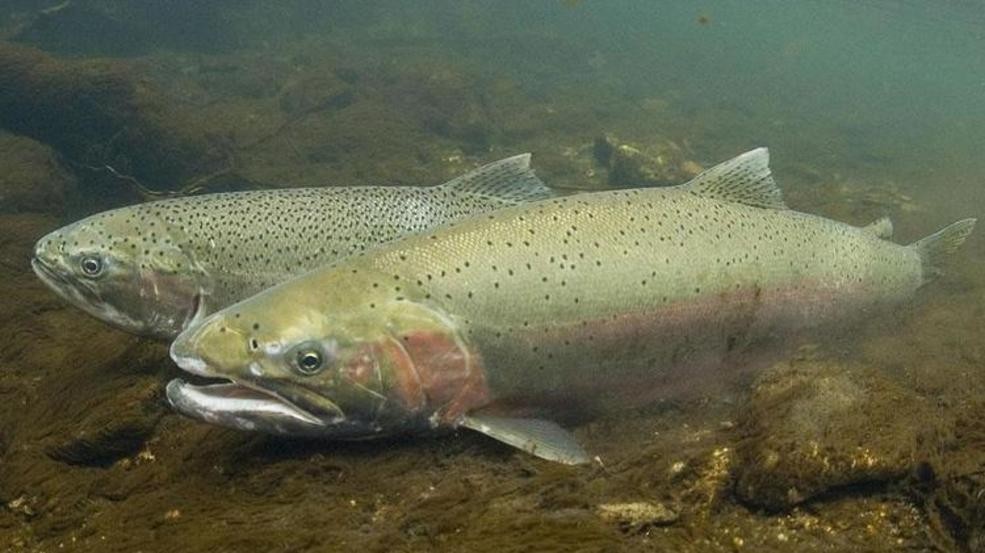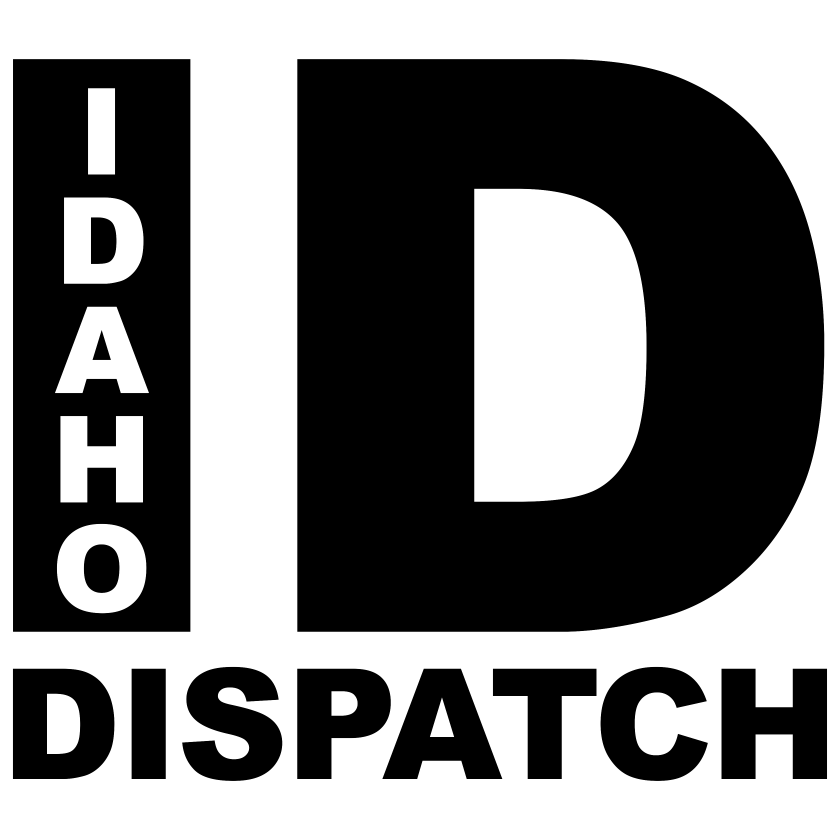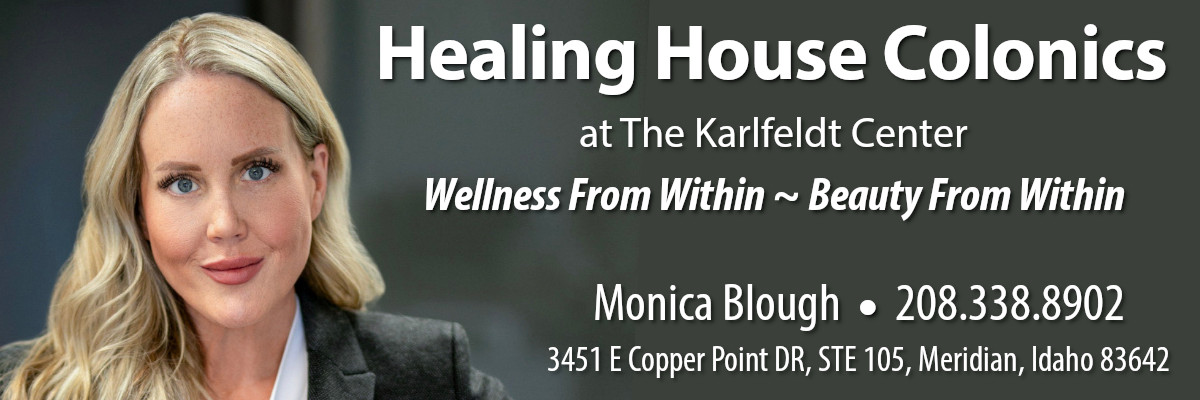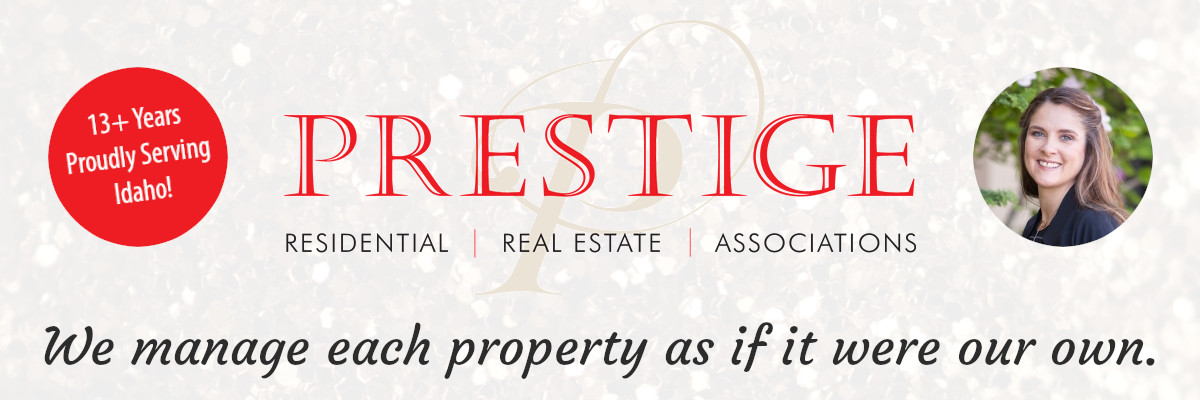
The Ramifications and Reality of Breaching the Dams of the Pacific Northwest – Part 3
By Sarah Clendenon • May 8, 2024What are the ramifications and true reality of breaching the dams of the pacific northwest (PNW)?
Please begin with our previous articles on this topic, found here, here, and here.
In this installment we bring you information on the debate regarding the salmon and steelhead populations.
The paper seen below was written by retired Idaho Department of Fish and Game Fish Culturist, Fish Hatchery Superintendent, Fish Hatchery Manager, and Fish Hatchery Complex Supervisor Jerry McGehee on January 2, 2024. It is entitled More Pieces of the Puzzle to the Life Cycle of Idaho Salmon and Steelhead.
McGehee’s ten-page paper explains multiple issues affecting the salmon and steelhead populations. He mentions the dams without fish ladders as a problem, but says,
“The message being given to the public is that the dams are the ONLY problem and breaching is the ONLY answer. Saving Idaho anadromous fish runs is a puzzle that is much more complex than breaching four dams.”
AdvertisementMcGehee’s education includes a BA in Biology from NNU, training in Fish Health and Coldwater Fish Culture from the U.S. Fish and Wildlife Service, and training in Aquaculture Production Methods from Kentucky State University. His experience in the field was from all over the state of Idaho, as well as time spent studying fish runs in Alaska.
He goes on to say,
“…the proverbial cart is being put in front of the horse to press for the destruction and breaching of Lower Snake River hydroelectric dams to save salmon and steelhead. The highest numbers of salmon and steelhead ever counted over Bonneville dam and eventually arriving in Idaho occurred in 2001 to 2015 while all 8 dams downstream of Idaho were in place. Let me repeat that important statistic. The highest numbers of salmon and steelhead ever counted over Bonneville dam and eventually arriving in Idaho occurred in 2001 to 2015 while all 8 dams downstream of Idaho were in place. From my 36 years of firsthand experience of raising salmon and steelhead in Idaho Fish and Game hatcheries, I believe the public is being misled and convinced that the Lower Snake River dams are the only reason why wild fish populations are having difficulties recovering.”
AdvertisementMcGehee’s knowledge of the importance of the nutrients carried back to the streams and rivers of Idaho by adult fish stems from his research in Idaho and Alaska. The fish gain essential nutrients from the ocean, which they bring back when they return to their spawning place.
“Oregon Fish Commission reports show that as early as 1866 these spawning waters have been starved of nutrients that are carried back to Idaho from the ocean by spawning adults. All salmon and the majority of steelhead adults die after spawning; leaving the nutrients they carried from the ocean in their bodies to decompose, adding essential nutrients to the ecosystem of the early rearing streams. This last-ditch effort by the adults completes their life cycle supplying nutrients for their progeny. This loss of nutrients began even prior to the 1938 construction of Bonneville dam.”
He is very direct when he describes that the removal of fish from the river for financial gain, thus preventing their return to the smolt and the Idaho ecosystem, is based on greed, has nothing to do with the dams, and is destroying the fish population.
Jerry McGehee IDFG“According to the Oregon Fish Commission Reports from 1866 to 1970 a total of 1.73 billion pounds of Chinook Salmon destined for Idaho waters were removed from the Columbia River creating a sterile ecosystem to rear salmon and steelhead smolts. The word smolt refers to a part of the life cycle of salmon and steelhead juveniles (Spring Chinook average length 133 mm and Steelhead average length 182 mm) when they are ready to leave freshwater and migrate to the ocean.
It is staggering to try to comprehend this quantity of nutrients robbed from the spawning grounds, literally starving the ecosystem of the early rearing areas of the Salmon and Steelhead. This 157 years of nutrient depletion from 1866 until now has absolutely nothing to do with Lower Snake River dams. It is the results of the lust for the taste of Salmon and the greed for money. The removal of the four Lower Snake River dams will not add one Square foot of spawning habitat and nutrients for natural spawning and rearing of Spring/Summer Chinook and Steelhead in Idaho.”
The Native American tribes of the PNW point to the dams as the primary reason for the decline in the region’s fish populations. According to this article from the Coeur d’Alene Press, the Coeur d’Alene Tribe recently signed a financial agreement with a federal agency, The Bonneville Power Administration, “to mitigate the destruction of salmon runs by federal dams.” The deal involves the Tribe receiving $10.5M per year for the next ten years for ‘habitat improvement,’ as well as $45M for ‘capital projects.’
The article quotes the legislative director for the Coeur d’Alene Tribe, Tyrel Stevenson, who said,
“The salmon used to return to the Coeur d’Alene Reservation and the base of the Spokane Falls and they no longer do,”
“The tribe has been pushing for a long time to get the federal government to look into ways to restore that fishery, not to breach those dams but to figure out how to restore a salmon run and get salmon over those dams. This is a significant step in reaching that goal and restoring those historic runs.”
Stevenson was also quoted as saying,
“…dams built by the federal government permanently blocked salmon from reaching the Coeur d’Alene Reservation.
“When those dams were constructed and there was no fish passage, that was just gone,”
“The tribe has been working ever since then to try and recover the loss of those fisheries. It’s an important part of the tribe’s identity.”
This video report from KREM2 News in Spokane features members of the Spokane Tribe. In the video they express their desire to improve the salmon numbers but keep the dams as well.
This document features the perspectives of each tribe, in their own words:
Tribal PerspectivesThis source discusses the history and legal aspects of this dispute. The article ends optimistically, saying,
“Fishing is more than a livelihood for Columbia River Indians. It is culture. Not only is harvest important for Indians, but restoring salmon and steelhead runs is, too. The tribes manage important habitat restoration programs and hatcheries. These are having successes. Salmon are returning back up the Umatilla River of Oregon after being eliminated for more than 60 years because irrigation withdrawals drained the lower reaches of the river dry every spring and summer. But thanks to an innovative water exchange program negotiated by the tribe, irrigators, and state and federal officials, water is flowing in the river again, and the tribe operates a state-of-the-art hatchery with the goal of rebuilding naturally spawning runs and improving fishing opportunities on the reservation over time. The same thing is happening in the Yakima River Basin, where the Yakama Nation operates a hatchery that is producing fish to repopulate streams throughout the Yakima Basin, which once was one of the largest contributors of salmon and steelhead to the Columbia River runs. Another large tribal facility is being planned and constructed by the Nez Perce in the Clearwater and Salmon river basins of Idaho, tributaries of the once-prolific Snake River.
It is hoped that over time, these facilities and activities will rebuild salmon and steelhead runs and increase harvest opportunities for both Indians and non-Indians. The importance of the salmon culture to Columbia River Indians, the culture that is the driving force behind the long history of litigation over fishing rights, the tribes’ fisheries management, and the efforts to both conserve and produce fish, cannot be understated.”
In a recent interview, candidate to represent Idaho in the U.S. House of Representatives Scott Cleveland was asked about the dams and the fish populations. He mentions this website as a valuable source of information.
Feature photo courtesy of KATU.com
Tags: Agriculture, Barging, Biden Administration, Bonneville Power Administration, BPA, Brad Little, Coeur d'Alene Tribe, Colombia River, Columbia Basin Initiative, Columbia River, Crops, Dam Breaching, Dams, Environment, Exports, Farming, Fish Ladder, Food prices, Hydroelectric power, Idaho, Idaho Department of Fish and Game, IDFG, Jay Inslee, Jerry McGehee, Lewiston, Mike Simpson, Native American Tribes, Nez Perce, Oregon, Potatoes, Salmon, Scott Cleveland, Shipping, Snake River, Spokane Tribe, Steelhead, Tina Kotek, Washington, Water, Water Rights
5 thoughts on “The Ramifications and Reality of Breaching the Dams of the Pacific Northwest – Part 3”
Leave a Reply
















The first action at our fingertips right now is to Vote Scott Cleveland for Senate in the primaries to get the current incumbent out of office asap.
Mike Simpson has continually demonstrated his willingness to vote with the liberal Democrat party. Idaho has put up with this RINO for 25 years. It’s time for him to be primaried out on May 21.
Stop harvesting the fish in the ocean and rivers if there not enough fish spawning. That goes for commercial fishermen as well as Indians. Breaching the dams will not save one fish!
Simpson. Selling Idaho to the highest bidder for a 1/4 century. I have hope that the new Moon/Labrador IDGOP might actually be able to turn around the damage done for decades by Romney and all the other fake conservative crooks.
Before their arrival, I had NONE.
35 years ago in a creek by San Jose airport called the Guadalupe River,, A guy noticed Salmon in there. The bottom of the creek was so covered in mud that the salmon couldn’t spawn. He reached out to fish and game and they basically threatened him to just leave it alone and move on. He instead went above them and began to bring attention to this. Long story short, some at the fish and game were relieved of their duties, companies like PG&E and several Silicon Valley companies donated time, money and resources. Now an ancient species of salmon are back to spawning in this creek and then some. The bottom line is the salmon and steelhead were here first, we had no right to disturb the natural balance of things. I don’t care if it was one salmon recorded in a decade. So keep your guard up when a person who is paid by the government to tell us what is best in these situations. The natural food chain has cycles that we don’t understand. Financial agendas are why this debate is even happening. They don’t care about the national order of things. They care about pay raises, being recognized by shareholders, etc.